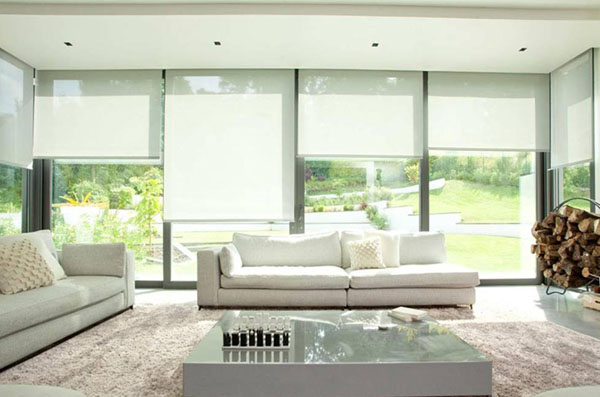Material Matters: Unveiling the Pros and Cons of Wood Blinds and Faux Blinds
Choosing the right window blinds involves considering various factors, with material being a key determinant. Wood blinds and faux wood blinds in Orlando are popular choices, each with its own set of advantages and drawbacks. In this blog post, Gator Blinds Florida unveils the pros and cons of both materials to help you make an informed decision for your home.
Wood Blinds: Timeless Elegance with Natural Appeal
Pros:
1. Timeless Aesthetic: Wood blinds exude timeless elegance and natural warmth, making them a perfect fit for traditional, rustic, or classic interior designs.
2. Versatility in Finish: Wood blinds in Orlando come in various finishes, allowing you to choose a color that complements your existing décor. Stains and paints enhance the natural beauty of the wood while offering customization options.
3. Durability: High-quality wood blinds are durable and long-lasting. They can withstand the test of time when properly cared for, making them a valuable investment.
Cons:
1. Prone to Moisture Damage: Wood blinds in Orlando are sensitive to moisture, which can lead to warping or damage. As a result, they may not be the ideal choice for areas with high humidity, such as bathrooms or kitchens.
2. Higher Cost: Real wood blinds tend to be more expensive than their faux counterparts. The cost can be a consideration for budget-conscious homeowners.
Faux Wood Blinds: Practicality with Style
Pros:
1. Moisture Resistance: Faux wood blinds are resistant to moisture, making them an excellent choice for humid environments like bathrooms or kitchens. They won't warp or crack when exposed to moisture.
2. Affordability: Faux wood blinds in Orlando are generally more budget-friendly than real wood blinds, offering a cost-effective solution without compromising on style.
3. Easy Maintenance: Faux wood blinds are easy to clean and maintain. They are resistant to stains and can be wiped down with a damp cloth, making them a practical choice for busy households.
Cons:
1. Less Authentic Appearance: While faux wood blinds mimic the look of real wood, some may argue that they lack the authenticity and warmth that genuine wood provides.
2. Limited Finish Options: Faux wood blinds may have fewer finish options compared to real wood blinds. While they offer a range of colors, the finishes may not capture the nuanced richness found in natural wood.
The choice between wood blinds and faux wood blinds ultimately depends on your priorities and the specific requirements of your space. If you prioritize the timeless beauty of real wood and are willing to invest in durability, wood blinds may be the ideal choice. On the other hand, if cost-effectiveness, moisture resistance, and easy maintenance are paramount, faux wood blinds provide a practical and stylish solution. Assess your preferences, consider the pros and cons, and choose the material that aligns best with your aesthetic and functional needs.
Blinds - Shades - Shutters








